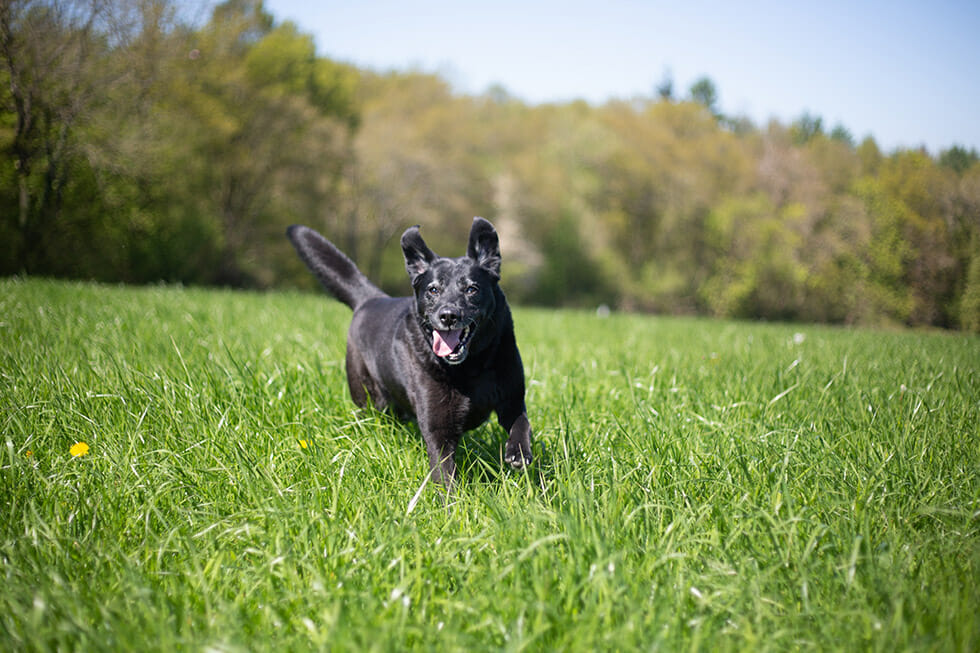
Grass Seed Season
Pet Insurance Australia issues a timely reminder to dog owners about the dangers of grass seeds, with December and January skyrocketing with claims for this pesky seed. Although it doesn’t sound too serious, the damage that can be caused by a grass seed entering the skin will surprise many while producing dire consequences for pets.
“It’s certainly grass seed season,” Nadia Crighton from Pet Insurance Australia says. “This may seem like an innocent problem however they can cause huge headaches for pet owners, alongside costly veterinary bills, and very sick pets.”
In 2020 from August to December Pet Insurance Australia witnessed a 1200% increase in claims for foreign bodies and abscesses’ caused by grass seeds.
“We see this trend each year and sadly grass seeds can be a complicated and very painful experience for your pet,” Crighton warns. “Early detection and prevention around this time of year are paramount for pet owners.”
Grass seeds can cause a potential problem with many pets and are easily picked up after a good run through long grassy areas. Once this organic matter enters the skin, it can quickly travel through the body causing infection and a huge amount of damage to tissue and organs. If not quickly and correctly removed, they can cause irreversible damage and even death.
“Sadly, many pet owners do not understand the seriousness of grass seeds until it’s too late,” Crighton says. “The dart-like seeds can attach to any part of the body of your pet including their eyes, toes, nose, skin and even inhaled into the lungs. Once they are in the body they will continue to move and migrate causing massive amounts of damage, until surgically removed or finding an exit area.”
Prevention
During the summer months, it’s a good idea to prevent your dog from running through long grass. If this is not an option the best form of defence is to check your pet daily for grass seeds, particularly after an off-leash run. Ensuring you do a good groom after every walk can help remove any seeds that may have attached to your pet.
“Having a good system of always checking your pet after an adventure is a good practice during these months,” Crighton says. “Check pads between toes and give your pet a good once over to check and remove seeds, this includes ears, eyes, and armpits.”
It is also advised to ensure you keep lawns kept short around your home and dog’s environment and keep your pets well-groomed and clipped during this seasonal period.
Symptoms include
- Runny eyes/nose
- Sneezing
- Coughing
- Difficulty walking
- Red raised entry points/swelling
- Limping/licking paws and legs
Most Common Dog Breeds
“Some breeds due to their seed catching coats are more prone to grass seed issues,” Crighton warns. “Owners of these breeds need to be extra vigilant in ensuring their pets are kept safe during grass seed season.”
Working breeds and those with long hair are much more at risk of grass seed complications.
- English Springer Spaniel
- Airedale Terrier
- Newfoundland
- Cocker Spaniel
- Australian Shepherd
- West Highland White Terrier
- Groodle
- Schnoodle
- Miniature Schnauzer
- Labradoodle
“If you suspect your pet has a grass seed lodged under their skin do not hesitate to contact your veterinarian immediately,” Crighton says. “It’s important to understand that grass seeds will continue to burrow and move through your pet’s body and the sooner you can have the seed removed the better.”
Photo by Chris Cooper
Get the latest Pet Insider Tips & News
We offer award-winning* pet insurance policies to protect your furry friend’s health and wellbeing. Get a quote today and give your pets the care they deserve.
Archives
Categories
- Cat Care (64)
- Cats (1)
- Dog Care (124)
- Guides (28)
- Health and Nutrition (200)
- Lifestyle and Activities (219)
- Media Release (24)
- Pet Care (246)
- Rescue Dogs (1)

